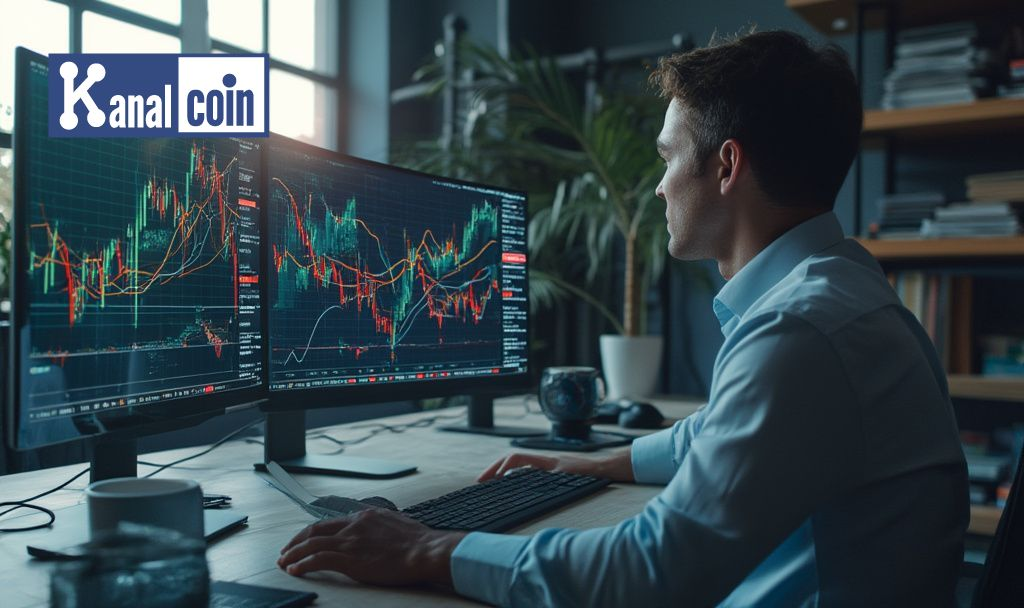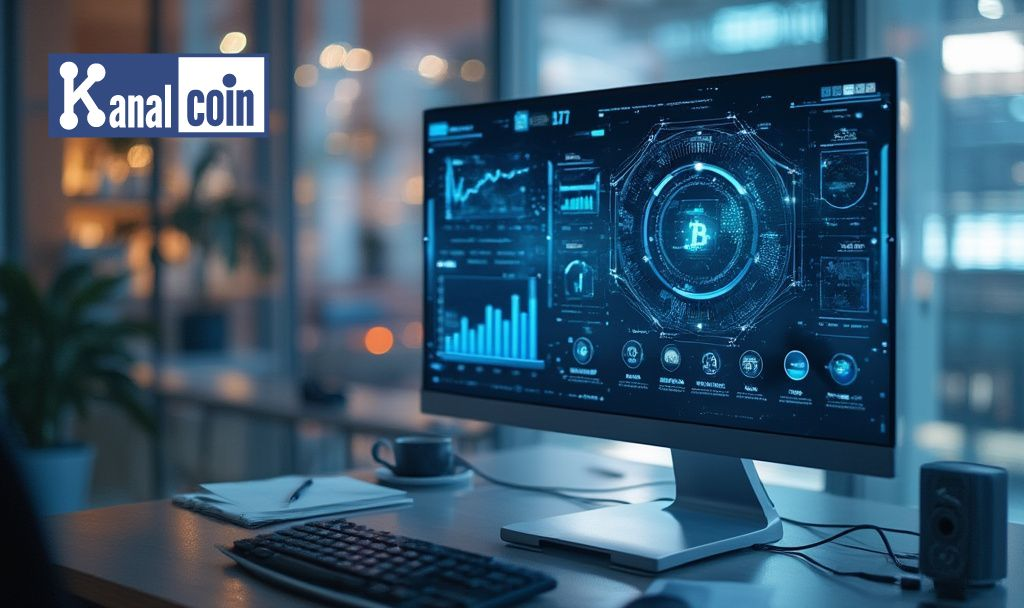
Standard Chartered predicts that the global market capitalization of stablecoins will surge to $2 trillion by 2026, significantly impacting the demand for U.S. Treasurys.
Increased stablecoin adoption could reshape financial markets by pushing investors toward secure government assets, influencing global economic structures.
Stablecoin Market Cap to Hit $2 Trillion by 2026
Standard Chartered has projected a dramatic rise in stablecoins, with the market expected to hit $2 trillion within three years. This increase is anticipated to augment the demand for U.S. Treasurys. Geoffrey Kendrick, Head of Digital Assets Research at Standard Chartered, stated, “That growth will require an extra $1.6 trillion of US T-bills to be held as reserves. That is ALL of the planned new T-bill issuance over that period.”
Standard Chartered’s report highlights the potential of stablecoins as a significant force in the financial arena. The bank forecasts a surge in stablecoin usage, urging markets to brace for substantial changes.
Analysts Predict Shift Toward Safe-Haven Assets
Analysts remain watchful of the financial implications tied to stablecoins’ growth. Some foresee a shift toward safe-haven assets, while others highlight regulatory attention on digital currencies, as noted by Jeremy Allaire, CEO of Circle: “Regulatory certainty in the U.S. will unlock the next wave of global stablecoin adoption and dollar accessibility.”
Potential outcomes include enhanced liquidity within financial markets and greater integration of digital assets with traditional finance. This could lead to regulatory adaptations and market realignments in the coming years.
Stablecoins Echo Past Crypto Market Trends
The anticipated rise in stablecoin usage mirrors past market trends observed with bitcoin and other cryptocurrencies. Investors have previously turned to digital assets amid economic uncertainty.
Expert opinions from Kanalcoin suggest stablecoins might bolster financial systems’ connectivity. They point out historical data indicating a trend towards diversified asset portfolios incorporating digital currencies. Investors have previously turned to digital assets amid economic uncertainty, similar to trends observed by experts on Crypto Slate News.









